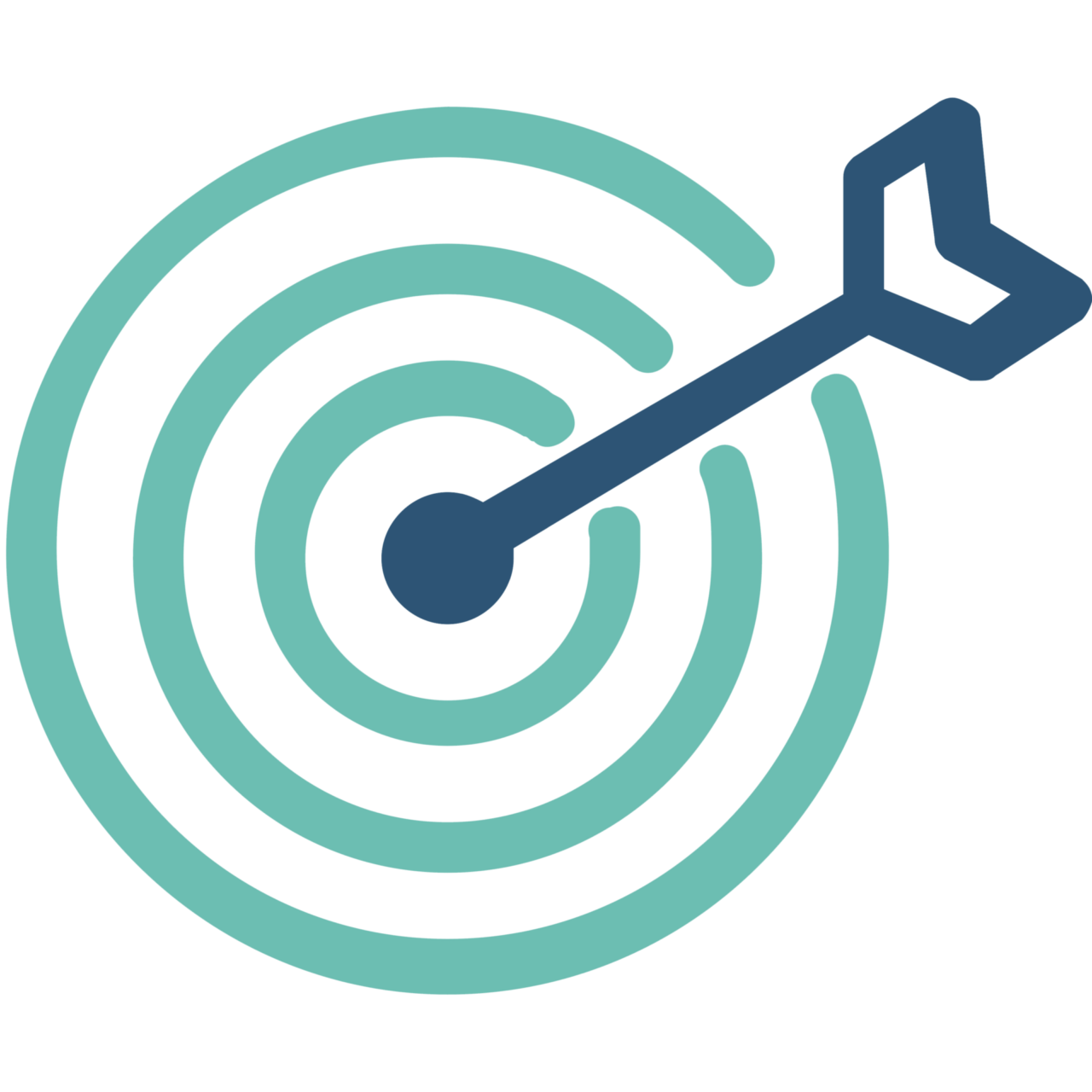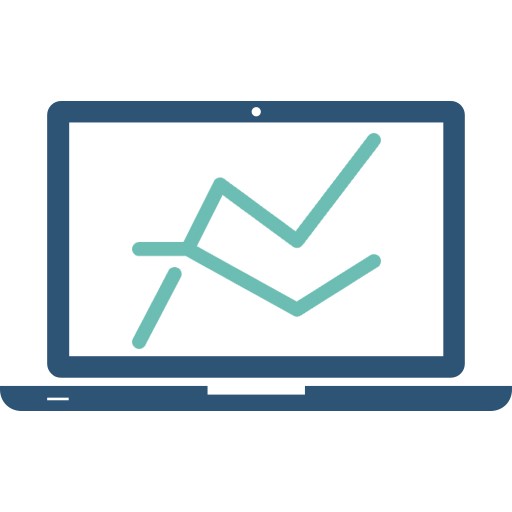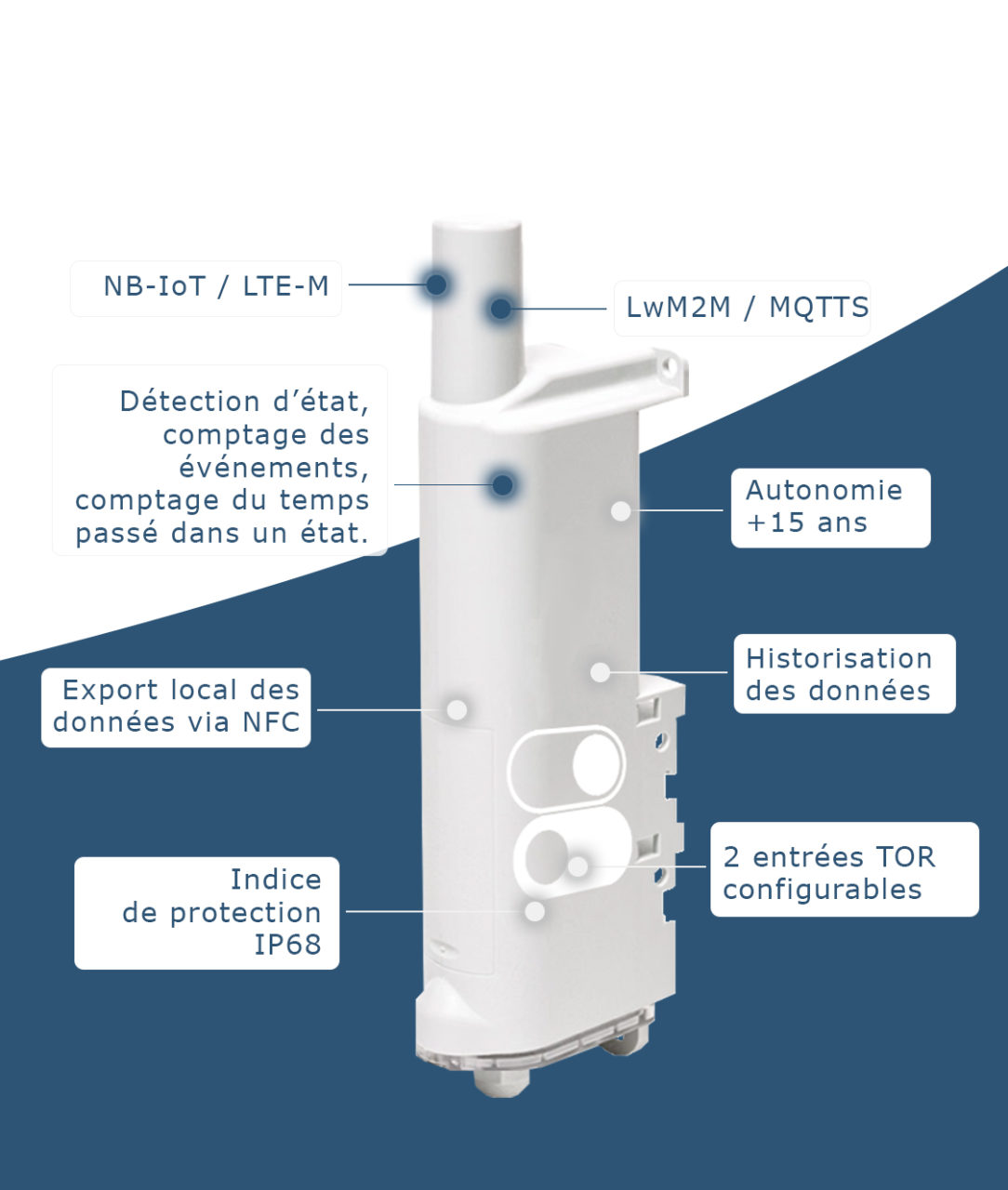The Internet of Things (IoT) offers a wealth of possibilities. However, embarking on an IoT project can seem complex. This article aims to guide you through the key points to consider when planning to deploy an IoT solution.

1. What is the objective of your IoT project?
Before embarking on an IoT project, it’s essential to clarify your main objective. Do you want to improve operational efficiency, offer new services to your customers, or monitor processes in real time? Clearly understanding your objectives will help you define the scope of the project and avoid getting lost along the way. Your objective(s) must be concrete and measurable.
2. How do you collect, store and manage IoT data?
IoT devices are at the heart of your project. They collect and transmit essential data. Choose devices and sensors that are adapted to your use case, taking into account their connectivity, energy autonomy, and accuracy.
Collecting and storing IoT data also requires special attention.
There is no one solution that is better than another; what is essential is to choose the solution that corresponds to your use case. To define the right sensors and connectivity solutions (LoRa, Sigfox, NB-IoT, LTE-M, etc.) for your project, you need to ask yourself a number of questions:
- What data does my sensor need to collect?
- How much equipment is affected by my project?
- How much data should be collected per day?
- Where should my sensors be positioned?
- What is the geographical scope of the project?
- How sensitive is my data?
- Does my use case require one-way or two-way communication?
- …

3. How can we guarantee the security of our devices and data?
Security is a crucial element in any IoT project. Ensure that IoT devices are protected against potential attacks by using strong passwords, regular firmware updates, and encrypting sensitive data. Consider implementing secure communication protocols and using firewalls to protect your network.
4. What skills and resources are needed for the project?
Assessing the skills needed for your IoT project is essential. Setting up an IoT project requires the combination of a wide range of skills and players. You will need to determine which skills you have in-house, and where you will need to call on external experts, to ensure the success of your project.

5. Which IoT platform should I use?
Here again, you can choose to use your own tools or call on an external service provider. The choice of an IoT platform is crucial to the success of your project. It is through this interface that you will be able to assess the results of your project and monitor and analyze its progress over time. Not all IoT platforms are suitable for all uses, so the choice will depend, once again, on your use case.
The user experience is also an important aspect not to be neglected in an IoT project. Make sure that the user interface is user-friendly and intuitive.
6. How can you ensure the scalability of your IoT project?
Think ahead and make sure your IoT project is scalable. Anticipate growth in the number of connected devices, the amount of data to be managed, and the possibility of easily adding new types of sensors. Opt for flexible solutions that can adapt to your changing needs without requiring major changes to the infrastructure.

7. How can I ensure the validity of my project over time?
A project of this kind must be able to be monitored over time. A device management platform is needed to ensure that it runs smoothly. It allows you to check the quality of the network, estimate the remaining autonomy, or easily modify a configuration.
8. How do you manage software updates and security patches for IoT devices?
Software updates and security patches will keep your IoT devices up to date and protect them against potential vulnerabilities. You’ll need to put in place a process to deploy these updates easily and remotely, minimizing service interruptions.

9. What regulations and standards need to be taken into account when deploying IoT solutions?
The deployment of an IoT project may be subject to specific regulations and standards in terms of data confidentiality, security, and interoperability. Make sure you understand the legal requirements in your sector and design your project to comply with them.
10. How do you assess the return on investment (ROI) of your IoT project?
Before launching an IoT project, it is important to understand its potential return on investment. Identify the costs involved, including device purchase, development, infrastructure, and maintenance costs. Compare these with the expected benefits, such as increased efficiency, cost savings, or new business opportunities. A thorough analysis will help you make informed decisions.
Deploying an IoT project may seem complex, but by asking the right questions and addressing the key issues, you can maximize your chances of success. Always keep in mind the main objective of your project. With a considered approach, you can exploit the full potential of the Internet of Things and open up new opportunities for your business.
10/10/2023
20 years
expertise to support you, from the diagnosis to the implementation of your solution



